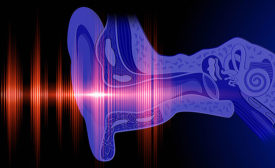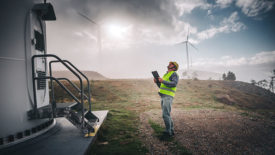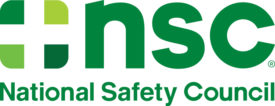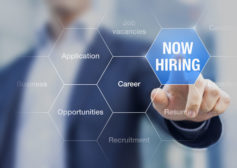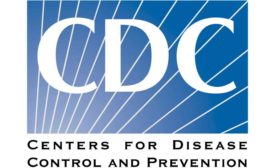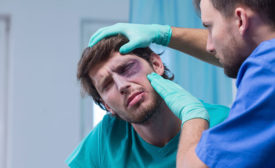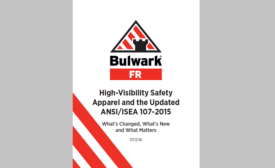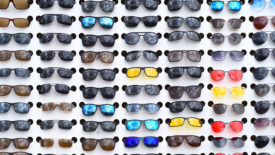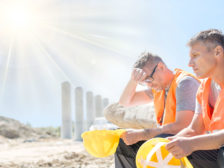Safety Industry White Papers
Poorly-written job descriptions expose organizations to unnecessary risk
Consider these best practices to protect your company
December 1, 2022
The real costs of eye injuries
Risks include permanent damage, financial stress and job loss
November 1, 2022
ADVERTISEMENT
White Paper | High-Visibility Safety Apparel and the Updated ANSI/ISEA 107-2015
What’s Changed, What’s New and What Matters
August 23, 2022
Get our new eMagazine delivered to your inbox every month.
Stay in the know on the latest safety trends.
SUBSCRIBE TODAYCopyright ©2023. All Rights Reserved BNP Media.
Design, CMS, Hosting & Web Development :: ePublishing

